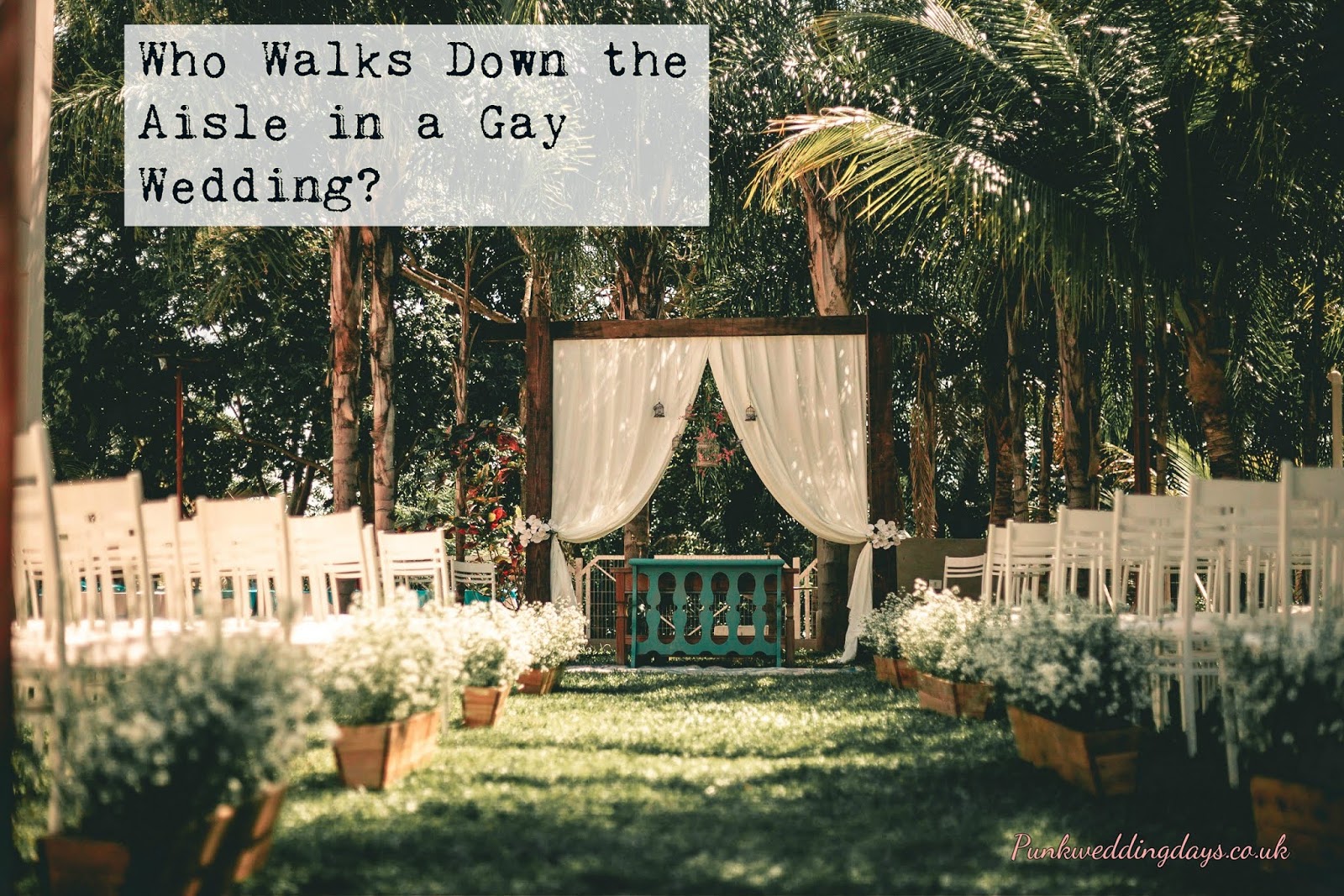White weddings are past their peak – but no peeking at the dress is still a top tradition
Survey shows white dresses are on the way out – but not all traditions are being lost
The tradition of the white wedding is at risk, a recent survey has revealed, with almost 40% of Brits agreeing that the bride wearing a white dress is the British wedding custom most under threat of disappearing.
Despite the cultural heritage of the royal wedding earlier this year, a whopping 83% of the British public feel that our wedding traditions are being challenged.
Whilst the colour of the dress is being called into question, the tradition around the bridal gown is still seen as an incredibly important part of any wedding day. The groom not seeing the dress before the ceremony was cited as the most important by 34% of respondents.
The tradition of the groom not seeing the dress came about long ago, when arranged marriage was still the norm in Britain. Interestingly, younger respondents feel more strongly about this than older respondents – 39% of those under 55 felt that this was the most important tradition, whereas 29% of respondents over 55 agreed.
Gemma Williams, Weddings Executive at Newbury Racecourse, commented: “The survey results show that modern British attitudes towards weddings are shifting to reflect society’s changing values around gender – brides have more freedom to express themselves and wear a colour that they feel truly comfortable in. They are no longer bound to one image of the perfect bride.
“We have seen a sharp increase in brides opting for more pastel pinks and blues and we expect this trend to continue in 2019, with even the more traditionally-minded brides selecting unconventional bridal gowns in colours more flattering than the classic white.”
The white wedding dress first became popular in Europe in 1499, when Anne of Brittany wed in white and became Queen Consort of France. The tradition of the formal white wedding gained even more popularity after Queen Victoria wore a cream-coloured gown of satin and lace at her wedding in 1840.
Pink has long been a favoured colour among Hollywood A-listers with celeb brides Gwen Stefani, Jessica Beal and Reese Witherspoon all replacing the classic ivory and cream for a more playful hue.
In ancient Irish and Celtic tradition, brides would wed wearing the colour blue. Red is a popular choice for wedding attire across the world – it is preferred by brides from China to India, and Peru to Pakistan. Cultures that see the white bridal gown as the norm include Japan, Mali and Somalia. When it comes to colourful dresses and costume changes, Iraqi brides take first place with seven dresses - each in a different colour.
Two conventions that the public see as firm staples and not at risk are the first dance and the throwing of the bouquet.
Further findings from the survey include:
- 39% of respondents agreed that the white wedding dress is the tradition most at risk.
- 86% of women agree that wedding traditions are beginning to be challenged with 80% of men in agreement.
- More women than men agree that the groom not seeing the dress was the most important tradition – 32% and 23% respectively.
- 28% of respondents agree that the first dance is the most important wedding tradition. Over 3 in 10 (32%) of female respondents agreed, compared to 23% of male respondents.
- 39% of respondents saw the man proposing to the woman as the tradition most at risk.
Looking for your dream LGBTQ-friendly wedding venue? Visit the Pink Wedding Days website to search through our fantastic selection of UK venues and vendors.











